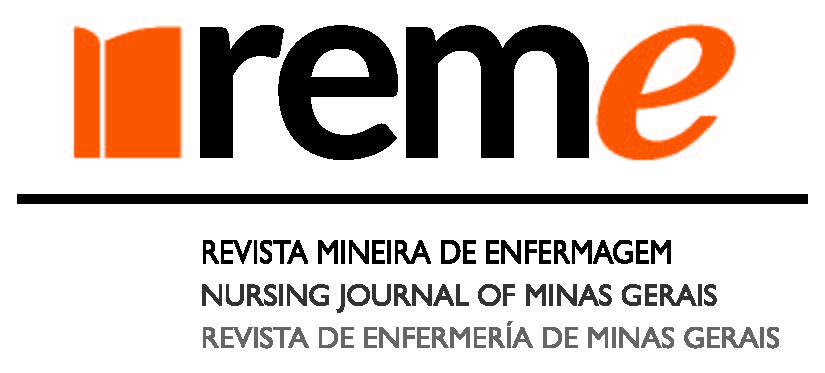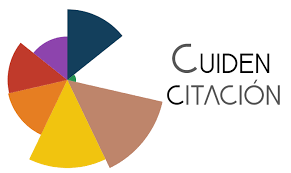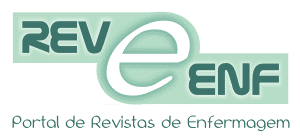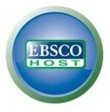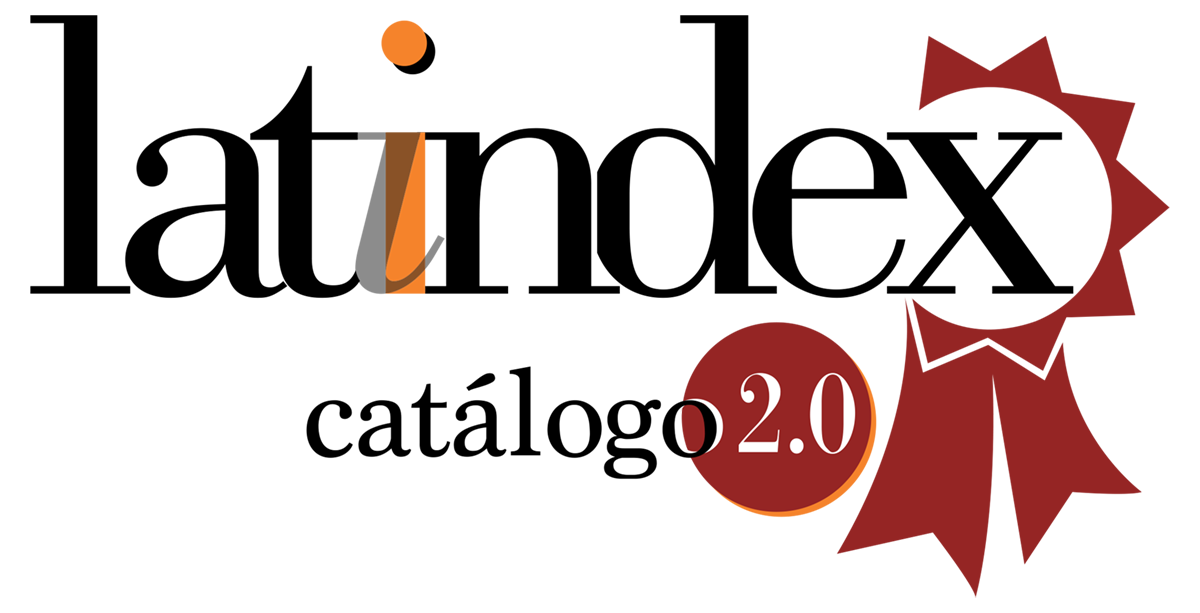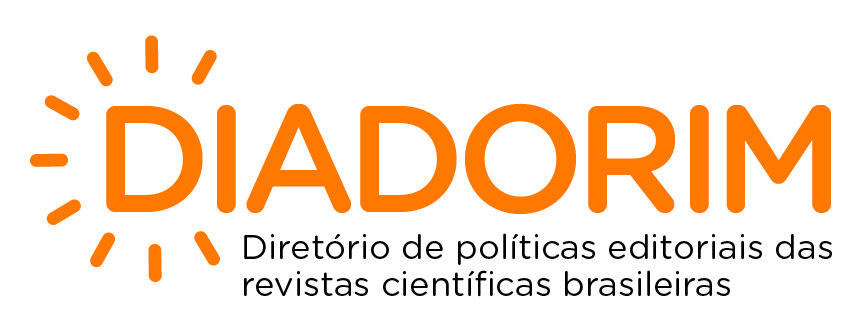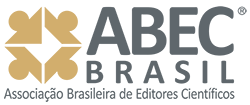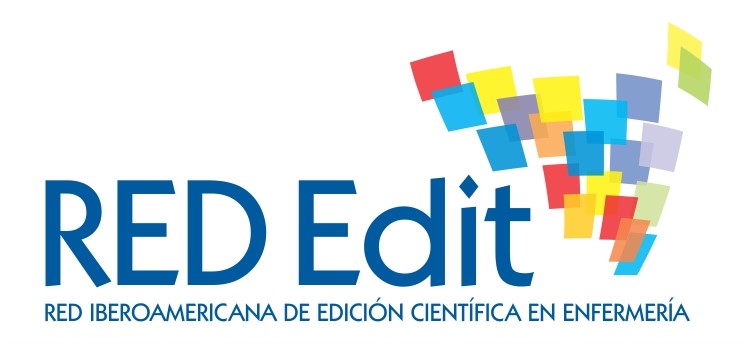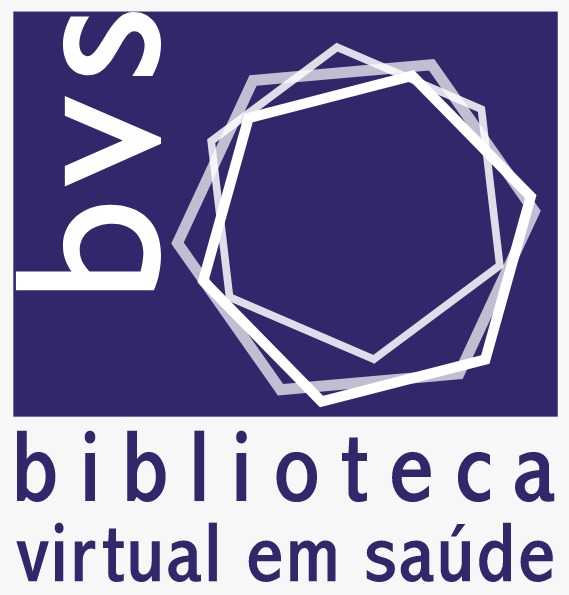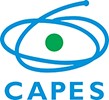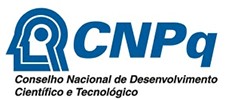Self-care of people with intestinal stoma
Implications for Nursing care
DOI:
https://doi.org/10.35699/2316-9389.2022.38661Keywords:
Self-care, Ostomy, Nursing Care, Health Education, Enterostomal TherapyAbstract
Objective: to understand the difficulties faced by people with intestinal stoma based on self-care experiences. Method: this is a descriptive, qualitative study carried out with 30 people with intestinal stoma, in a specialized rehabilitation center in Rio Grande do Norte, from April to June 2017. The semistructured interview was recorded, transcribed and the data collected were collected. analyzed following the assumptions of Bardin's content analysis. Results: from the self-care experiences mentioned by the participants, the difficulties grouped in the categories emerged: hygiene and handling of collecting appliance; peristomal skin care needs; collecting appliance and leakage episodes; social interaction after the ostomy; difficulties and potentialities of Nursing care. People with stoma had difficulties related to cleaning the stoma, cutting the collecting appliance, the appearance of peristomal complications, effluent leakage, withdrawal from social activities and insufficient information about self-care. Final Considerations: given the difficulties encountered, it is necessary to reflect on changes in care practices to develop self-care for the population with ostomies, which can benefit from the use of educational technologies instituted since the preoperative period. This study contributes to the understanding of the self-care experiences lived by this population, to be addressed by Nursing in the promotion of health education. In addition, it is expected that the study will support research with new strategies to strengthen assistance to this public and the advancement of Nursing science.
Downloads
References
United Ostomy Associations of America. New Ostomy Patient Guide [Internet]. United States of America: The Phoenix; 2020[citado em 2020 nov. 20]. Disponível em: https://www.ostomy.org/new-ostomy-patient-guide/
Intenational Ostomy Association. Charter of ostomates rights. Ottawa: IOA Coordination Committee; 2007[citado em 2020 out. 15]. Disponível em: http://www.ostomyinternational.org/
Ministério da Saúde. Guia de atenção à saúde da pessoa com estomia. Brasília: Ministério da Saúde; 2019[citado em 2020 out. 22]. Disponível em: https://portalarquivos.saude.gov.br/images/pdf/2019/julho/26/GUIA-ESTOMIA-Consulta-Publiaca-05-06-2019.pdf
Salomé GM, Lima JA, Muniz KC, Faria EC, Ferreira LM. Health locus of control, body image and self-esteem in individuals with intestinal stoma. J Coloproctol (Rio J). 2017[citado em 2020 out. 28];37(3):216-24. Disponível em: https://doi.org/10.1016/j.jcol.2017.04.003
Figueiredo PA, Alvim NAT. Diretrizes para um programa de atenção integral ao estomizado e família: uma proposta de Enfermagem. Rev Latinoam Enferm. 2016[citado em 2020 out. 20];24: e2694. Disponível em: https://doi.org/10.1590/1518-8345.0507.2694
Denyes MJ, Orem DE, Bekel G. Self-Care: A Foundational Science. Nurs Sci Q. 2001[citado em 2020 out. 21];14(1):49-54. Disponível em: https://doi.org/10.1177/089431840101400113
Farias DLS, Nery RNB, Santana ME. O enfermeiro como educador em saúde da pessoa estomizada com câncer colorretal. Enferm Foco (Brasília). 2018[citado em 2020 nov. 02];10(1):35-9. Disponível em: https://pesquisa.bvsalud.org/portal/resource/pt/biblio-1028051
Mota MS, Gomes GC, Petuco VM. Repercussões no processo de vida de pessoas com estomas. Texto & Contexto Enferm. 2016[citado em 2020 nov. 22];25(1):e1260014. Disponível em: http://dx.doi.org/10.1590/0104-070720160001260014
Bardin L. Análise de conteúdo. Lisboa: Edições 70; 2016.
Tong A, Sainsbury P, Craig J. Consolidated criteria for reporting qualitative research (COREQ): a 32-item checklist for interviews and focus groups. Int J Health Care Qual Assur. 2007[citado em 2020 nov. 20];19(6):349-57. Disponível em: http://dx.doi.org/10.1093/intqhc/mzm042
Minayo MCS. Amostragem e saturação em pesquisa qualitativa: Consensos e controvérsias. Revista Pesquisa Qualitativa. 2017[citado em 2021 jul. 04]; 5(7):01-12 2017. Disponível em: https://editora.sepq.org.br/rpq/article/view/82
Freire DA, Angelim RCM, Souza NR, Brandão BMGM, Torres KMS, Serrano SQ. Autoimagem e autocuidado na vivência de pacientes estomizados: o olhar da Enfermagem. REME Rev Min Enferm. 2017[citado em 2020 nov. 21];21:e1019. Disponível em: http://dx.doi.org/10.5935/1415-2762.20170029
Braga CG, Silva JV. Teorias de Enfermagem. São Paulo: editora Iátria; 2011.
Bulkley JE, McMullen CK, Grant M, Wendel C, Hornbrook MC, Krouse RS. Ongoing ostomy self-care challenges of long-term rectal cancer survivors. Support Care Cancer. 2018[citado em 2020 nov. 21];26:3933–9. Disponível em: https://doi.org/10.1007/s00520-018-4268-0
Mota MS, Gomes GC, Silva CD, Gomes VLO, Pelzer MT, Barros EJL. Autocuidado: uma estratégia para a qualidade de vida da pessoa com estomia. Investig Enferm. 2016[citado em 2020 nov. 22];18(1):63-78. Disponível em: https://www.redalyc.org/articulo.oa?id=145243501005
Sun V, Bojorquez O, Grant M, Christopher S, Wendel CS, Weinstein R, et al. Cancer survivors’ challenges with ostomy appliances and self-management: a qualitative analysis. Support Care Cancer. 2020[citado em 2020 nov. 28];28:1551–4. Disponível em: https://doi.org/10.1007/s00520-019-05156-7
Marinho NA, Luniere JAS, Bahia JC, Paulino LF, Santos MO. Realidade vivenciada pelo paciente ostomizado no município de Goiânia–GO. Saúde Ciênc Ação. 2016[citado em 2020 nov. 28];2(1):132-42. Disponível em: http://revistas.unifan.edu.br/index.php/RevistaICS/article/view/195
Associação Brasileira de Normas Técnicas (BR). Norma Brasileira Regulamentadora 9050: acessibilidade a edificações, mobiliário, espaços e equipamentos urbanos. Rio de Janeiro: ABNT; 2015[citado em 2020 nov. 28]. Disponível em: http://www.portaldeacessibilidade.rs.gov.br/
Bonill-de-las-Nieves C, Celdrán-Mañas M, Hueso-Montoro C, Morales-Asencio JM, Rivas-Marín C, Fernández-Gallego MC. Living with digestive stomas: strategies to cope with the new bodily reality. Rev Latinoam Enferm. 2014[citado em 2020 nov. 30];22(3):394-400. Disponível em: https://doi.org/10.1590/0104-1169.3208.2429
Maydick-Youngberg D. A descriptive study to explore the effect of peristomal skin complications on quality of life of adults with a permanent ostomy. Ostomy Wound Manage. 2017[citado em 2020 dez. 02];63(5):10-23. Disponível em: https://pubmed.ncbi.nlm.nih.gov/28570245/
Miranda SM, Luz MHBA, Sonobe HM, Andrade EMLR, Moura ECC. Caracterização Sociodemográfica e Clínica de Pessoas com Estomia em Teresina. Estima. 2016[citado em 2020 dez. 02];14(1):29-35. Disponível em: https://www.revistaestima.com.br/estima/article/view/117
Carvalho DS, Silva AGI, Ferreira SRM, Braga LC. Construção de tecnologia educacional para estomizados: enfoque no cuidado da pele periestoma. Rev Bras Enferm. 2019[citado em 2020 dez. 05];72(2):447-54. Disponível em: https://doi.org/10.1590/0034-7167-2016-0024
Wound, Ostomy, and Continence Nurses Society. WOCN Society Clinical Guideline. Journal Of Wound, Ostomy & Continence Nursing. 2018[citado em 2021 jul. 05]; 45(1): 50-58. Disponível em: http://dx.doi.org/10.1097/won.0000000000000396
Cengiz B, Bahar Z. Perceived Barriers and Home Care Needs When Adapting to a Fecal Ostomy: A Phenomenological Study. J Wound Ostomy Continence Nurs. 2017[citado em 2020 dez. 06];44(1):63-8. Disponível em: https://doi.org/10.1097/WON.0000000000000271
Sousa ARA, Menezes LCG, Miranda SM, Cavalcante TB. Estratégias educativas para pessoas com estomia intestinal: revisão integrativa. Rev Enferm Atual In Derme. 2017[citado em 2020 dez. 05];81:81-8. Disponível em: https://revistaenfermagematual.com/index.php/revista/article/view/325/210
Additional Files
Published
Issue
Section
License
Copyright (c) 2022 REME-Revista Mineira de Enfermagem

This work is licensed under a Creative Commons Attribution 4.0 International License.

